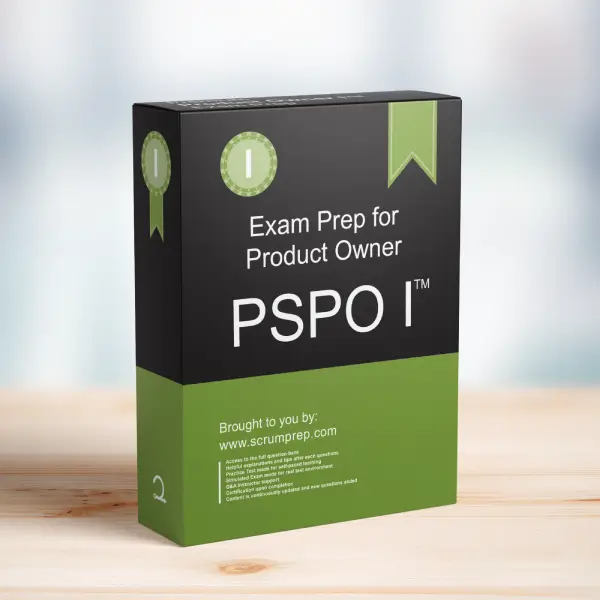When Can the Product Backlog Be Updated?
The Product Backlog is a dynamic and flexible list of everything that might be needed in the product. It evolves as the product and the environment in which it will be used evolve. Here’s a scenario to help you understand the flexibility around updating the Product Backlog.
Exam Question
When can the Product Backlog be updated? (choose the best answer)
- A. Never, unless agreed to by the change request
- B. At any time when done by the Product Owner or at the Product Owner’s discretion
- C. Only after a Sprint Review if agreed to by the stakeholders
- D. Only during Product Backlog refinement sessions if the Product Owner is present
Correct Answer
B. At any time when done by the Product Owner or at the Product Owner’s discretion
Explanation
Why B is Correct
B. At any time when done by the Product Owner or at the Product Owner’s discretion:
The Product Backlog is a living artifact that must be frequently updated to reflect the most current understanding of the product needs. The Product Owner is responsible for managing the Product Backlog, which includes adding, removing, and reprioritizing items as necessary. This ensures that the Scrum Team always works on the most valuable items.
Responsibilities in Scrum
- Product Owner:
- Primary Accountability: Maximizes the value of the product and maintains the Product Backlog.
- Updating Authority: Has the discretion to update the Product Backlog at any time to reflect the latest insights and priorities.
- Scrum Master:
- Facilitator: Ensures that the Scrum Team understands the importance of a dynamic Product Backlog and supports the Product Owner in maintaining it.
- Developers:
- Collaborators: Provide feedback and insights to help the Product Owner keep the Product Backlog up-to-date and relevant.
Relevance to the PSPO I Exam
Understanding the flexibility of updating the Product Backlog is crucial for the PSPO I exam. It highlights the importance of the Product Owner’s role in maintaining a dynamic backlog that evolves with the product and market needs.
Conclusion
The Product Backlog is a dynamic tool that can be updated at any time by the Product Owner. This flexibility allows the Scrum Team to respond to changes in the market, feedback from stakeholders, and new insights, ensuring that the product remains valuable and relevant.
For comprehensive preparation and practice exams, check out PSPO I Exam Prep to enhance your understanding and application of Scrum principles.



